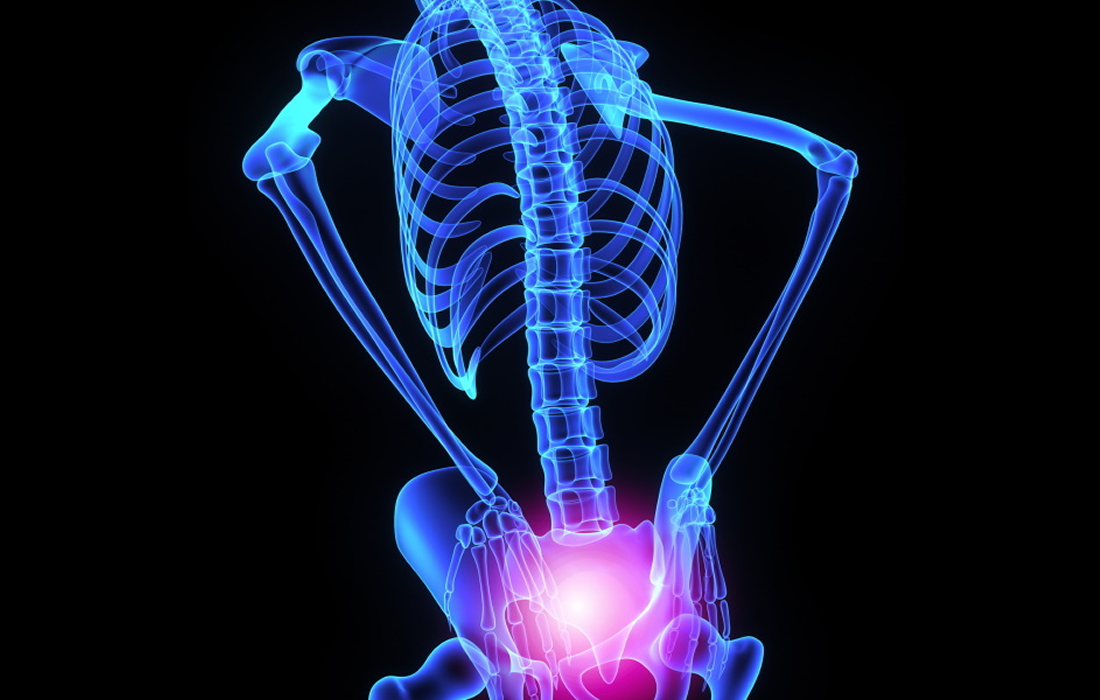Platelet-Rich Plasma
Platelet-rich Plasma Injection for Sacroiliac Joint Dysfunction
What is Sacroiliac Joint Dysfunction?
Low back pain is one of the most common reasons for adult patients to see a physician in both an outpatient and emergency setting. In approximately 15-30% of low back pain presentations, the sacroiliac joint (SIJ) dysfunction is found to be the underlying etiology.
There are two sacroiliac joints in your lower back, and they sit on each side of the spine. Their main job is to carry the weight of your upper body when you stand or walk and shift that load to your legs.
What Causes Sacroiliac Joint Dysfunction?
- Too much movement (hypermobility or instability) in the SIJ can cause the pelvis to feel unstable and lead to pain. Pain from too much motion is typically felt in the lower back and/or hip and may radiate into the groin area.
- Too little movement (hypomobility or fixation) can cause muscle tension, pain and inhibit mobility. Pain is typically felt on one side of the low back or buttocks and can radiate down the back of the leg (similar to sciatica pain).
Current Treatment Options
Current therapies for chronic low back pain originating from the SIJ include nonsteroidal anti-inflammatory drugs, ice, physical therapy, glucocorticoid steroid injections, radiofrequency ablation, and surgical fusion.
Glucocorticoid steroid injections are the most common therapy for low back pain, however, the effects are often short-term and can have adverse effects.
Use of Platelet-rich Plasma Injections
Platelet-rich plasma (PRP) use for shoulder and knee joint problems has shown efficacy and sustainability and is commonly used among physicians. Previous studies have shown that using PRP provides superior pain management when compared with corticosteroids, often only requiring one or two injections of PRP and having significantly measurable decreases in pain thereafter.
Patrick Wallace and colleagues published a study in the American Journal of Physical Medicine & Rehabilitation evaluating the efficacy of ultrasound-guided PRP in reducing sacroiliac joint disability and pain.
Their study included 50 patients with low back pain secondary to SIJ dysfunction. PRP was injected into the SIJ under ultrasound guidance and the Oswestry Disability Index and Numeric Rating Scale were measured at baseline and after 2 and 4 weeks, 3 months, and 6 months posterior to the injection. Patients showed a significant mean reduction compared with baseline at all timeframes.
They found that the ultrasound-guided PRP injections are effective at reducing disability and pain with most improvement seen within 4 weeks after the injection and with sustained reduction at 6 months.
Another study by Varun Singla and colleagues compared the use of steroid injections vs the use of PRP for SIJ chronic low back pain. They also had similar results, with patients receiving steroid injection having an efficacy of only 25% after 3 months, compared to 90% in those receiving PRP. Patients also showed a reduction in pain of more than 50% with the PRP injection that continued for up to 3 months.
These and other studies have shown that the use of Platelet-rich plasma is safe and effective in treating SIJ dysfunction and pain and can have more sustainable results when compared to other treatment modalities, such as steroid injections.
Sources:
Singla V, Batra YK, Bharti N, Goni VG, Marwaha N. Steroid vs. Platelet-Rich Plasma in Ultrasound-Guided Sacroiliac Joint Injection for Chronic Low Back Pain. Pain Pract. 2017 Jul;17(6):782-791. doi: 10.1111/papr.12526
Wallace P, Bezjian Wallace L, Tamura S, Prochnio K, Morgan K, Hemler D. Effectiveness of Ultrasound-Guided Platelet-Rich Plasma Injections in Relieving Sacroiliac Joint Dysfunction. Am J Phys Med Rehabil. 2020 Aug;99(8):689-693. doi: 10.1097/PHM.0000000000001389. PMID: 31972616.
Image from:

